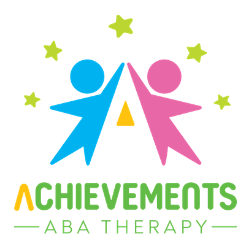What is Functional Communication?
Functional communication is the behavior analytic strategy that focuses on teaching your child to “use his words” instead of acting out with non-compliant or problem behavior.
We focus on teaching children on the ASD spectrum to use their words, pictures, sign language, or PECs book to communicate what is bothering them instead of displaying problem behavior to obtain what they want. This teaches them to use communication that serves the same function as problem behavior in a more “functional” way.
Whenever we begin to work on functional communication behavior, we stop and think. What is the function of the problem behavior that we are trying to address? The success of FCT (functional communication training) depends on what is the driving force of the problem behavior.
For example, let’s pretend that we are implementing a functional communication training program to replace tantrum behavior. If the function of the tantrum is an escape function, then we would work on teaching your child to ask for a break or ask for help. If it is coming from the access to tangible function, we can teach them how to ask for something that they want.
Considerations to Keep in Mind:
The replacement communication behavior needs to work quickly.
If you say “Use your words when you want a cookie,” give the cookie when your child asks.
The replacement communication behavior should work every time for your child.
For your child to get used to using his words or device, he has to see that it works. When he asks for something then you should give it to him. This should extend to other adults that interact with the child. As he gets used to using his communication skills we can slowly fade in answering no to requests.
The replacement communication behavior should require less effort than challenging behavior.
Throwing a tantrum requires a lot of time and energy by the child! If a child can learn to hand a parent a picture or use a short phrase to get the same needs met, the more functional communication behavior requires much less effort.
To promote the child’s success, try to match the functional behavior with your child’s developmental level.
Don’t try to push a completely non-verbal child to speak in full paragraphs. Slow but steady learning and practice are key! The replacement behavior may take time and practice before it is regularly used in everyday situations. Keep working on this and don’t give up!


















